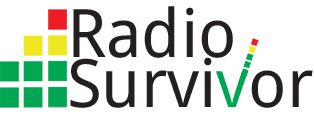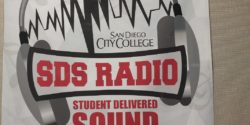On a beautiful morning in June this summer, my day of San Diego college radio immersion began with a stop at San Diego City College’s student radio station SDS Radio. When I entered the building where it was housed, the presence of a radio station was immediately discernible by signage and logos on the doors for jazz station KSDS aka Jazz 88.3.
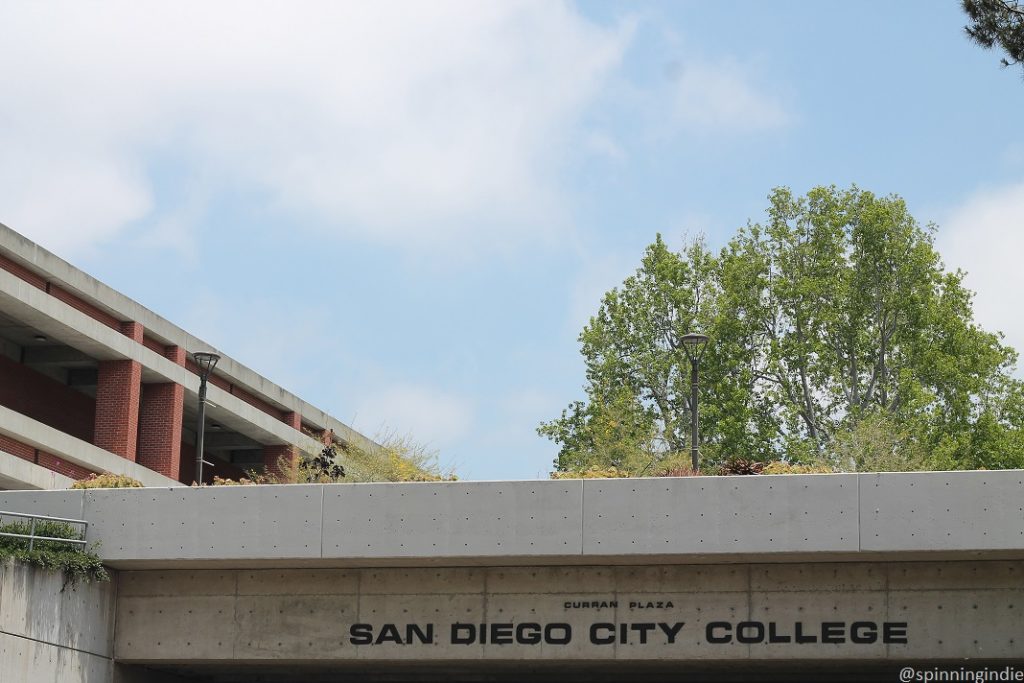
While I loitered outside the doors, a staff member from KSDS greeted me and asked me if I needed assistance. When I told him that I was visiting SDS Radio, he unlocked the station door and directed me to the booth. Sharing space with public/community radio station KSDS, SDS Radio is student-focused (thus, the tagline “student-delivered sound) and a part of the Radio-Television-Film program at San Diego City College.
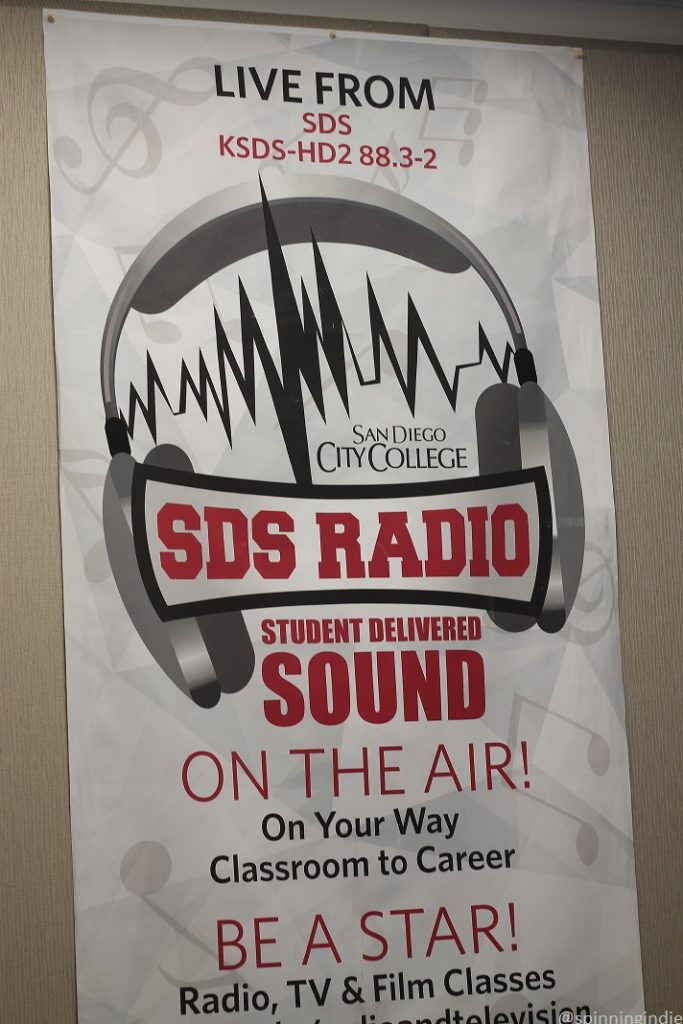
At the end of the hallway, I made my way to the on-air studio, where student DJ Joe Martin was hosting a show, largely playing some under-the-radar metal music. A participant in the radio program, Martin also has a job as a board operator at an iHeart Media station in the area. Although it wasn’t his regular SDS time slot, he popped in to do a show since the summer schedule was largely open. A fan of all kinds of music from the 1980s as well as metal, Martin explained that he found one of the symphonic metal artists that caught my ear during his show, Dutch band Epica, by searching on YouTube.
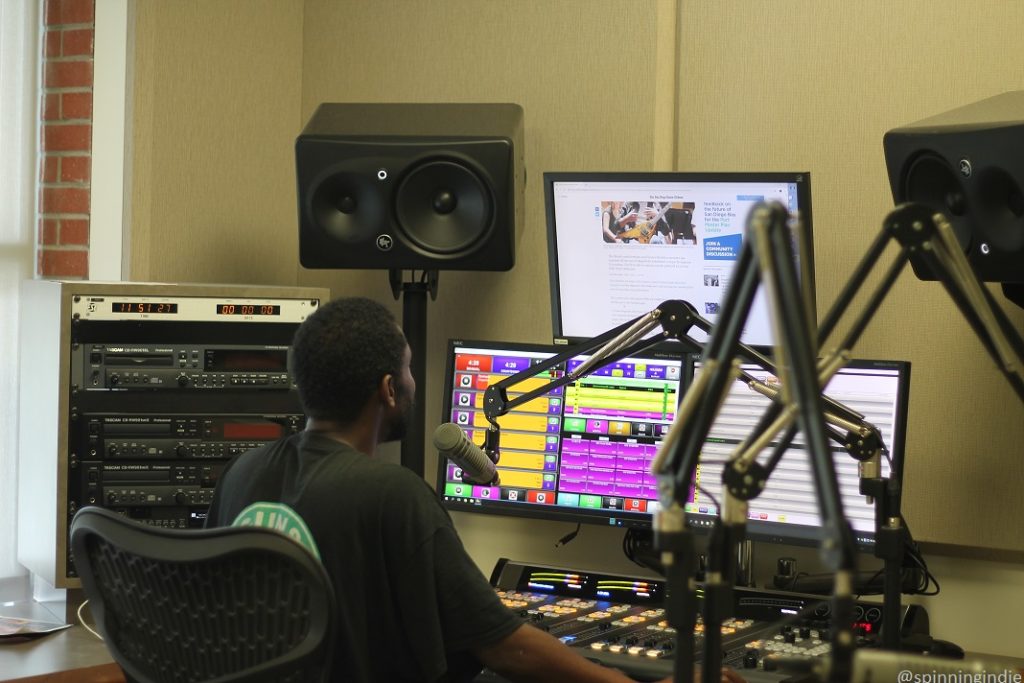
New to the program, Martin’s been involved with the station since the spring semester. James Call, who arrived as we were chatting, has participated in the program for three years, which makes him a veteran. A musician (organ and Theremin!) and self-described musicologist, he has a deep background in radio, having done shows on commercial and college radio in the 1980s and community radio in the aughts.
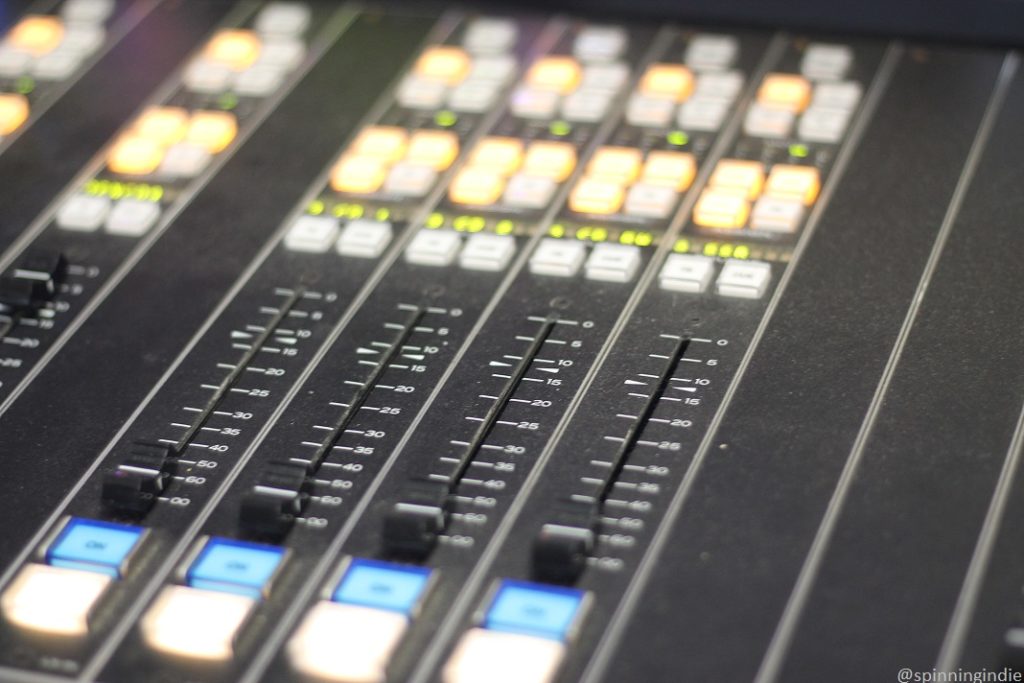
Call explained that part of the appeal of his SDS show is that he can explore musical themes on the air. Every week he picks a different topic, ranging from punk rock label Ork Records to the music of Mali. While he’s bringing in his own music to play, it still gets filtered into the station’s digital system, a process that every DJ goes through prior to their shows. Students upload music files to the station’s automation system and then create their playlists on the SDS computer.
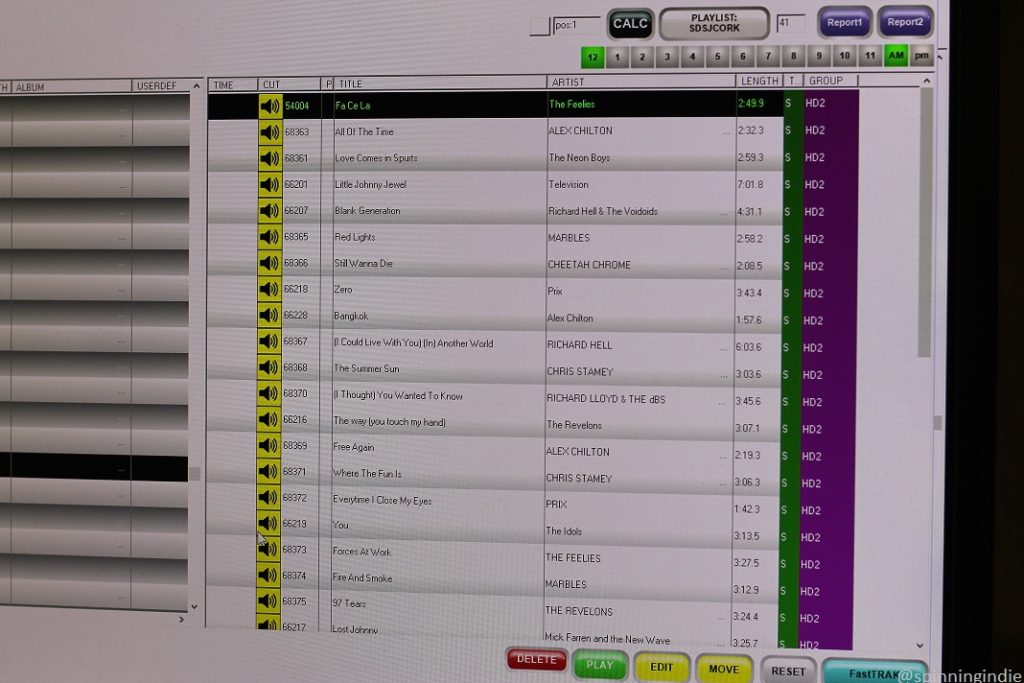
It’s possible to also play CDs over the air, but with no remote start capabilities, it’s a bit cumbersome. If one wants to play vinyl, it’s necessary to bring in a turntable from home since the studio turntable is not hooked up and is missing some parts.
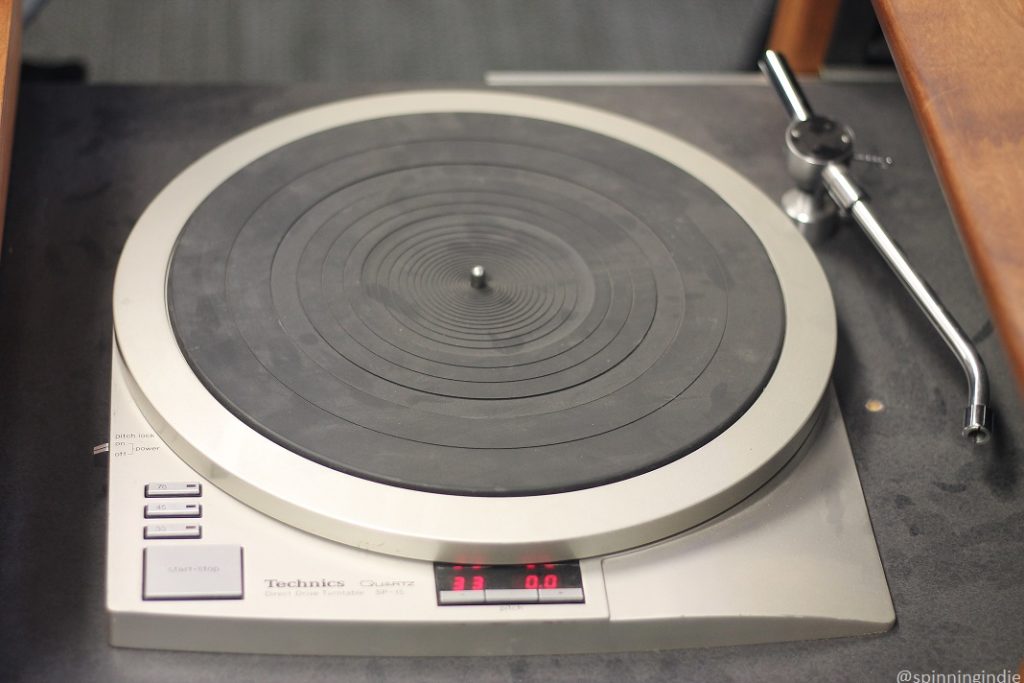
Although their listenership is primarily online, SDS Radio also broadcasts over the KSDS 88.3 FM HD2 channel. Call estimates that around 20 students are in the radio program and the summer line-up was populated with 15 DJs or show hosts on the schedule. Call describes the mix as “pretty eclectic,” with students playing hip-hop, metal, jazz, and even 1950s/50s “crooners,” as well as hosting talk shows. When there isn’t a live host, the station airs a default automated playlist of pop, top 40, and oldies, according to Call.
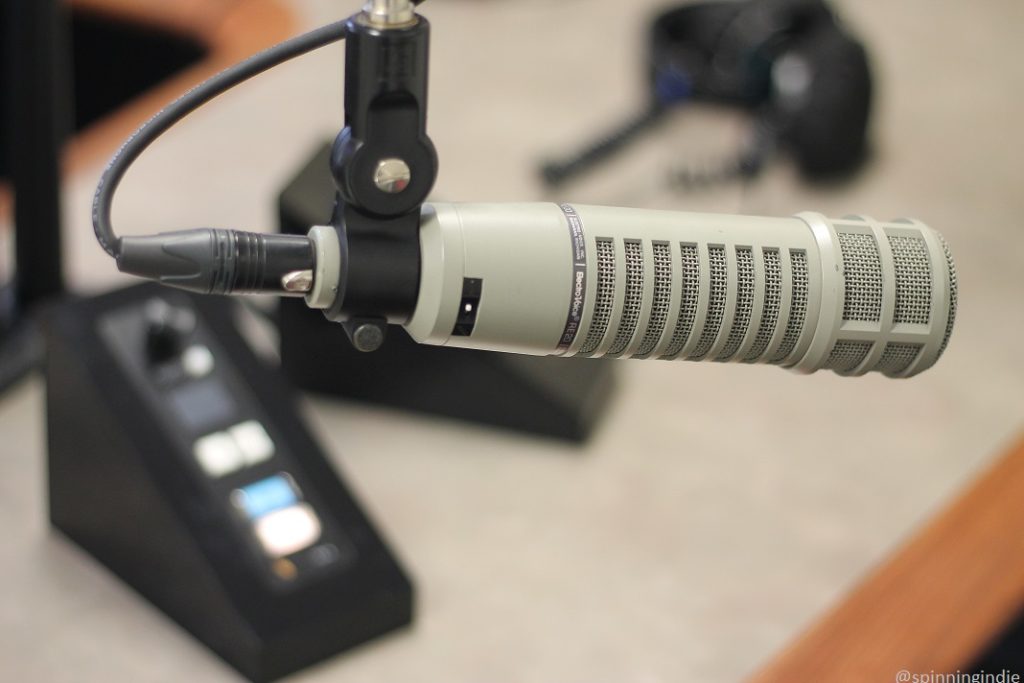
Although Call didn’t know the full history of SDS Radio, he shared some lore that the station had begun in a closet, joking that there’s a story that KSDS started in the same fashion. In the shadow of the longtime jazz station, SDS Radio was launched in recent years in response to a perceived need for a student station again. While KSDS began as a student radio station in 1951, it slowly changed over the years to more of a public radio model. The jazz format began in 1973. Call refers to SDS Radio as Jazz 88’s “sister station,” with its staff and volunteers happy to help when needed. The stations share some communal spaces and resources, including a break room/production studio.
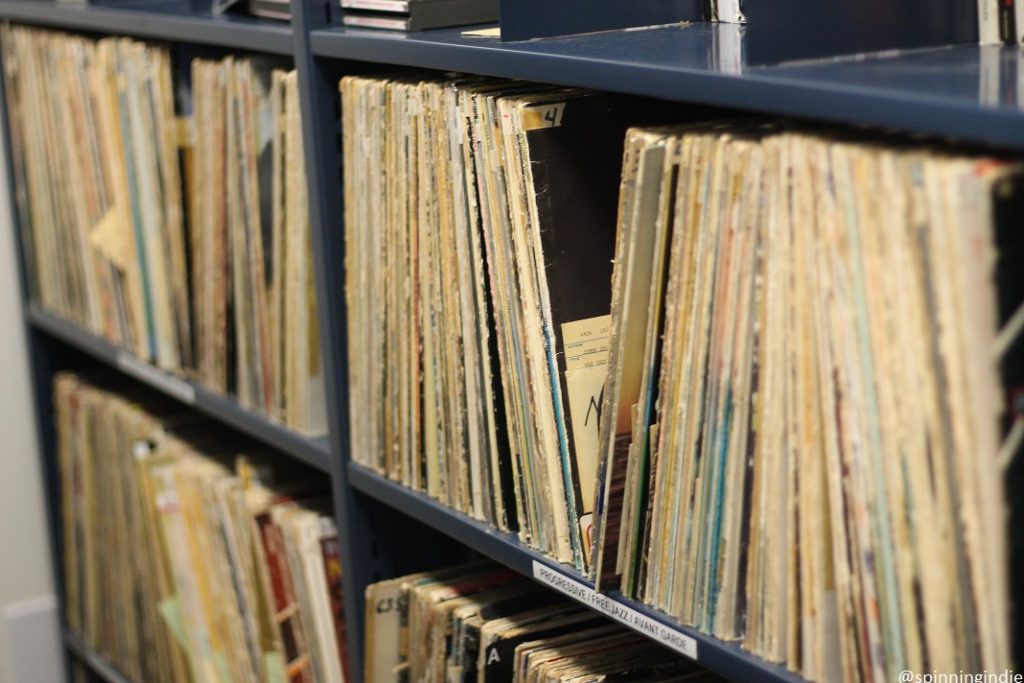
Following my visit, instructor Scott Chatfield chatted with me by phone to fill me in on the back story of SDS Radio. He’s been an instructor at the college since 2008 and explained that the student radio station started up around 2013-2014 on one of KSDS’ HD channels and online in order to provide students with more on-air opportunities.
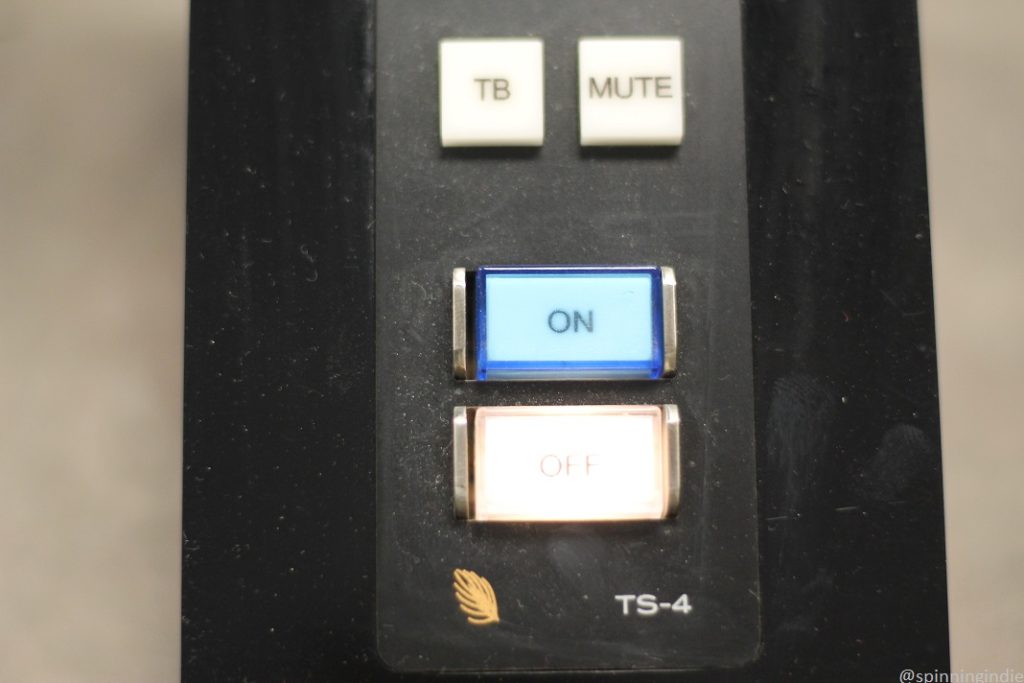
Today, KSDS has some student interns and also airs student programming, including the news/feature show City Stories, which is a project of one of the Radio News Production class at San Diego City College. In contrast, SDS Radio is completely student-focused, with on-air shifts and leadership positions held by students in the radio program. Chatfield explained that podcasting is also taking on a bigger role, telling me that even with a smaller number of radio classes at the school, “…one of the things that’s really helping us is focusing a lot on podcasting, not just broadcasting,” adding, “That seems to be a much more attractive option for a lot of students these days…which is no surprise.” Podcasting is incorporated into both radio classes, allowing students to learn more about myriad aspects of the production process.
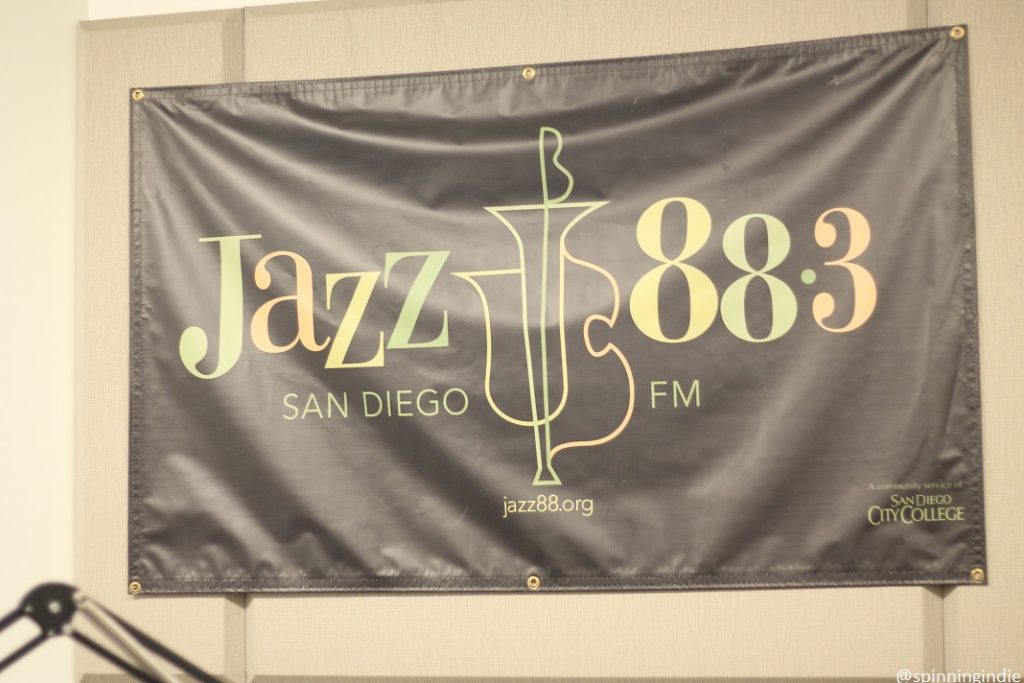
Chatfield talked about the incredible transformations that students make over the course of their time at SDS Radio and told me that he loved seeing them achieve breakthroughs in their work. He shared, “I like the spark. I like seeing dazed and confused people in week one turning into people who have that tangible spark in their eyes by week four or five and they’re on the air rocking and rolling.” He also points out that the specific training and communication skills honed in the classes and at SDS Radio are transferable to so many aspects of life, including future careers. Chatfield elaborated, saying that he loves that SDS Radio “succeeds on such a high level. It’s almost like once people have learned how to do these things, they’ve gained a super power and that’s something nobody can take away from them.”
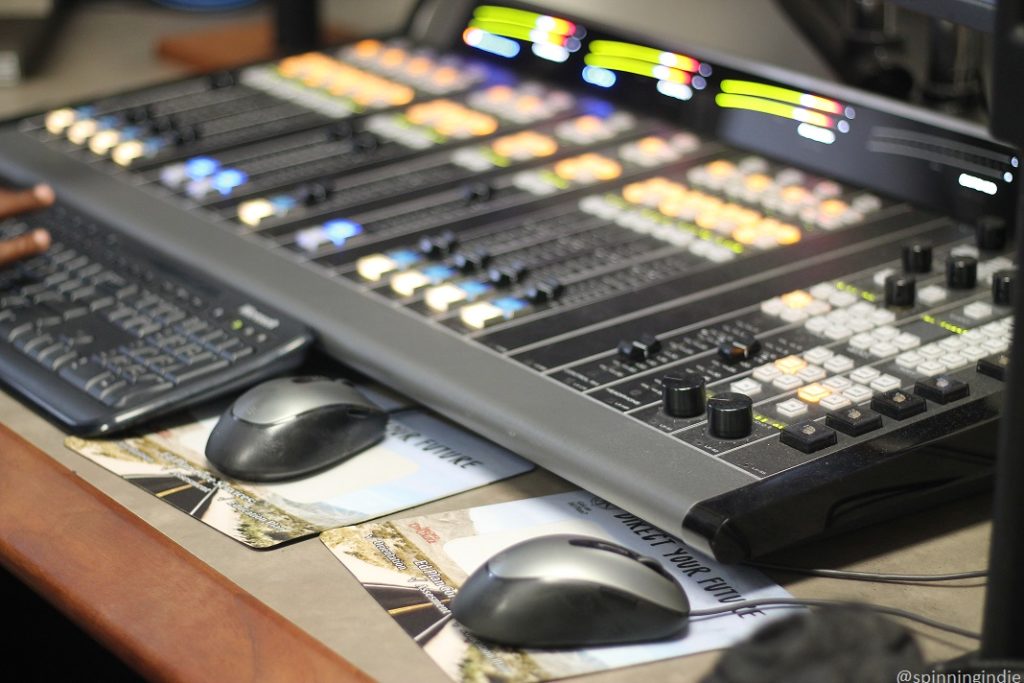
On another level, there’s also the pure joy of creating radio and podcasts. During my visit to SDS Radio, student James Call summed up his passion for SDS Radio, telling me, “I love eclectic radio and that’s what it is.”
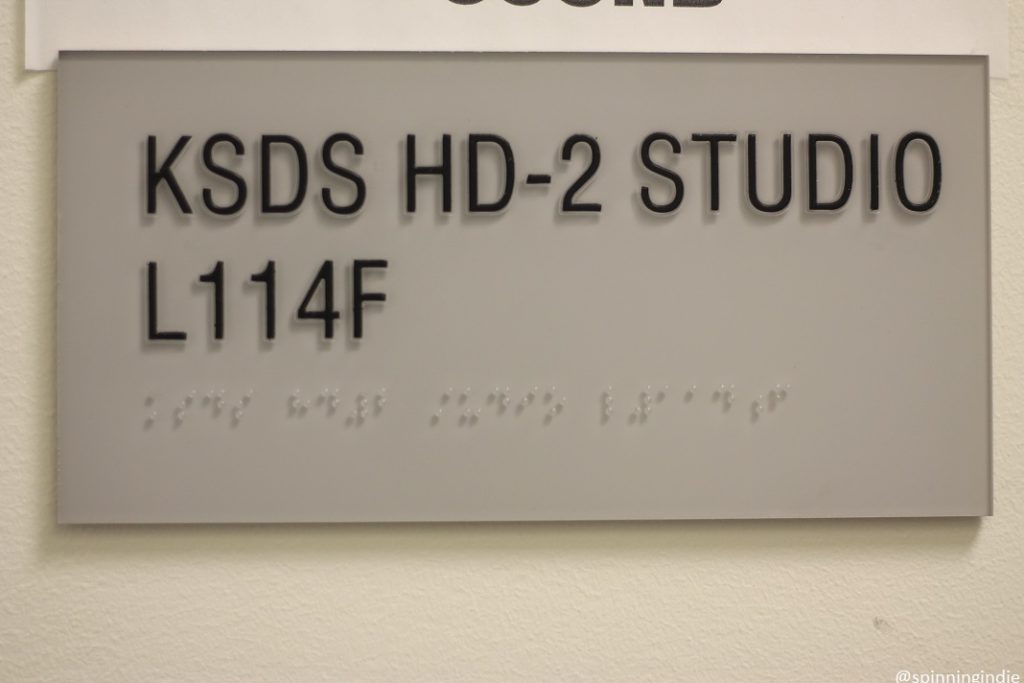
Thanks so much to everyone for the tour and interviews about SDS Radio. This is my 161st radio station tour report and my 106th college radio station tour. Catch up with all of my radio station visits in numerical order or by station type in our archives. I also discuss my San Diego-area college radio travels on Radio Survivor Podcast #202.
